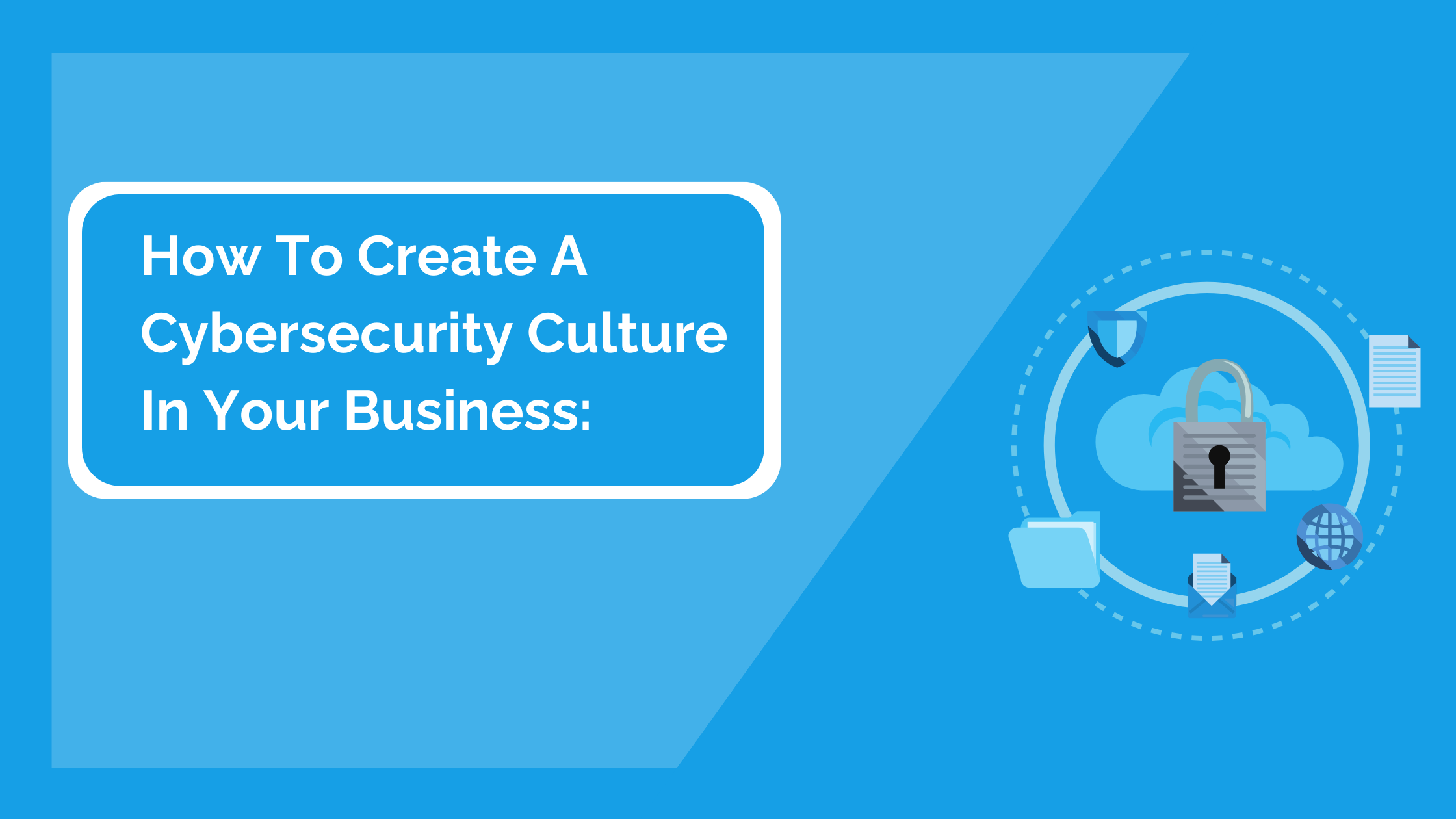
How to Create a Cybersecurity Culture in Your Small Business
Cybersecurity is not just a technical issue, but also a human one. It involves creating a culture of awareness, responsibility, and accountability among your employees. A cybersecurity culture can help you prevent and mitigate cyberattacks, comply with regulations, enhance your reputation, and gain a competitive edge.
Creating a Cybersecurity culture requires leadership, commitment, communication, and education. It also requires a continuous process of monitoring, evaluating, and improving.
In this article, we will share some best practices on how to foster a cybersecurity culture in your small business, such as:
- Setting clear policies and expectations
- Providing regular training and feedback
- Rewarding positive behaviours
- Encouraging reporting and learning from incidents
Setting Clear Policies and Expectations
These policies should define the roles and responsibilities of each employee in protecting your business from cyber threats. They should also specify the rules and standards for using your IT resources.
Some examples of policies that you should have are:
- Acceptable use policy: This policy defines what types of activities are allowed and prohibited on your IT resources. It also outlines the consequences of violating the policy.
- Password policy: This policy defines the requirements for creating and managing strong and secure passwords for accessing your IT resources. It also explains how to change or reset passwords when needed.
- Data protection policy: This policy defines how your business collects, stores, processes, shares, and deletes personal and sensitive data. It also explains how to comply with relevant data protection laws and regulations.
- Incident response policy: This policy defines how your business responds to and recovers from cyber incidents. It also explains how to report and escalate incidents.
You should communicate these policies to your employees clearly and regularly. The policies should be reviewed and updated occasionally.
Providing Regular Training and Feedback
Some examples of topics that you should cover in your training sessions are:
- How to recognize and avoid phishing emails, malicious links, attachments, or websites
- How to use secure passwords and devices, such as using password managers, multifactor authentication, encryption, antivirus software, firewalls, VPNs, etc.
- How to protect data privacy and security, such as using secure cloud storage services
Rewarding Positive Behaviour
Some examples of rewards that you can offer are:
- Recognising and praising your employees who follow your cybersecurity policies and best practices
- Offering incentives or discounts to your employees who adopt or recommend your cybersecurity products or services
- Providing feedback and suggestions to your employees who show interest and initiative in improving your cybersecurity performance
These rewards can help you motivate and engage your employees in your cybersecurity efforts.
Encouraging Reporting and Learning from Incidents
You should create a culture where your employees feel comfortable and confident to report any incidents that they experience or witness. Employees should also learn from these incidents and take actions to prevent a recurrence.
Some examples of actions that you can take are:
- Creating a clear and easy process for reporting incidents, such as providing a hotline, an email address, or a web form.
- Acknowledging and thanking your employees who report incidents.
- Investigating the root causes and impacts of the incidents.
- Communicating the results and lessons learned from the incidents to your employees
- Implementing corrective and preventive measures to address the issues identified from the incidents.
Next Steps
We can provide you with expert advice, guidance, and services to help you secure your IT infrastructure, systems, and data. We can also help you implement the best practices mentioned above, provide training. On top of this, we provide regular monitoring of your systems.
Get in touch with us for a 10 minute chat on how we can help you and your business.
